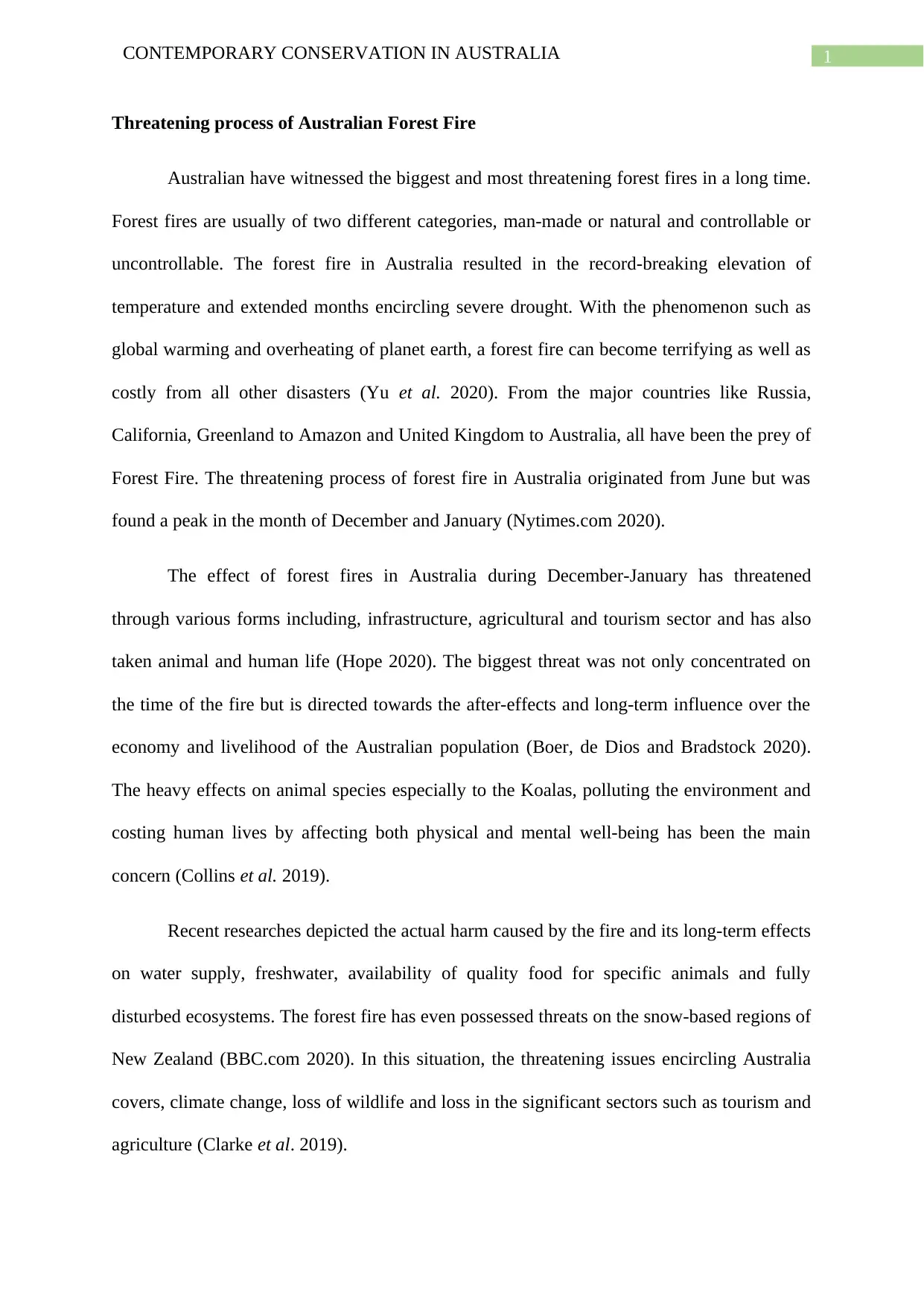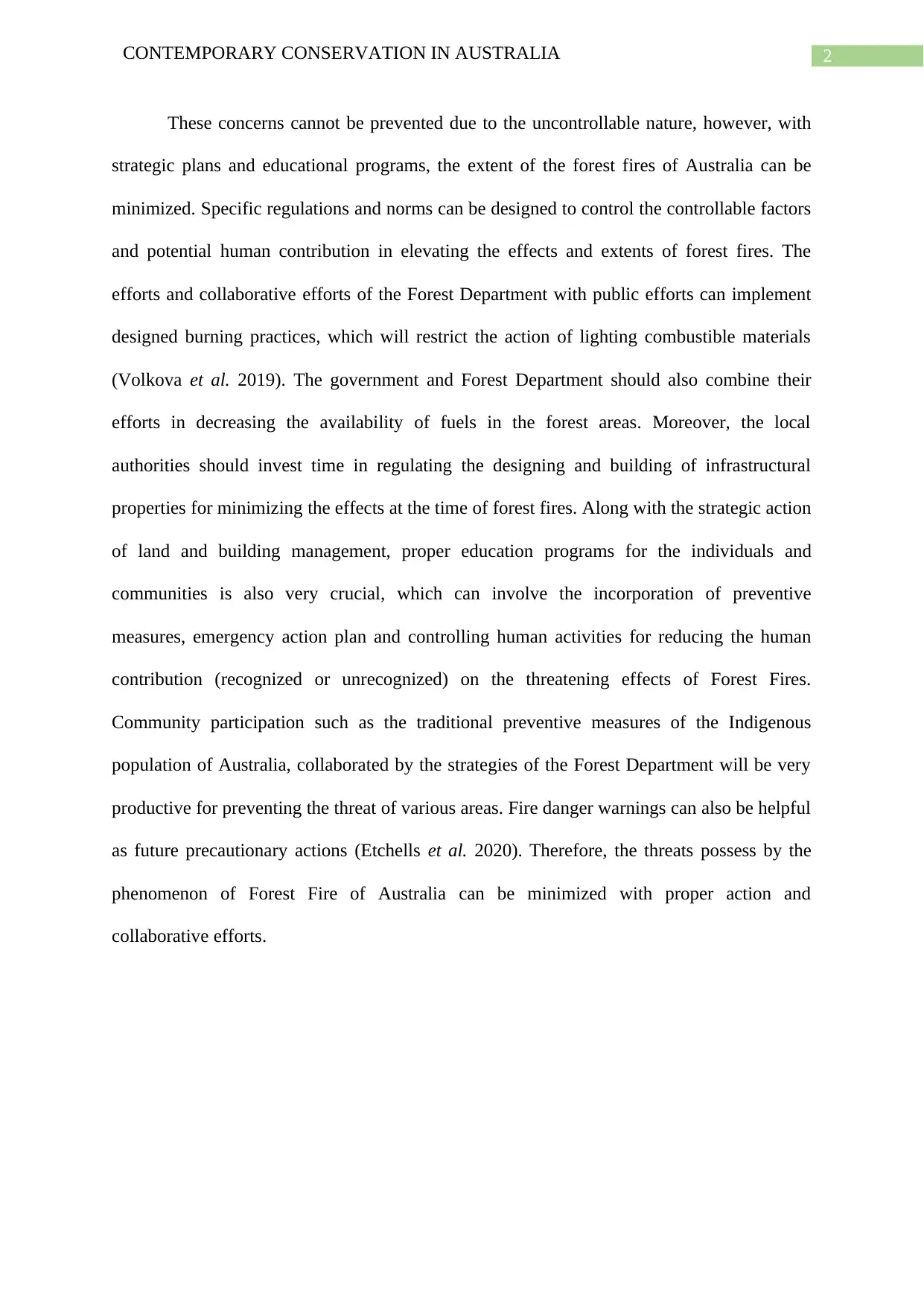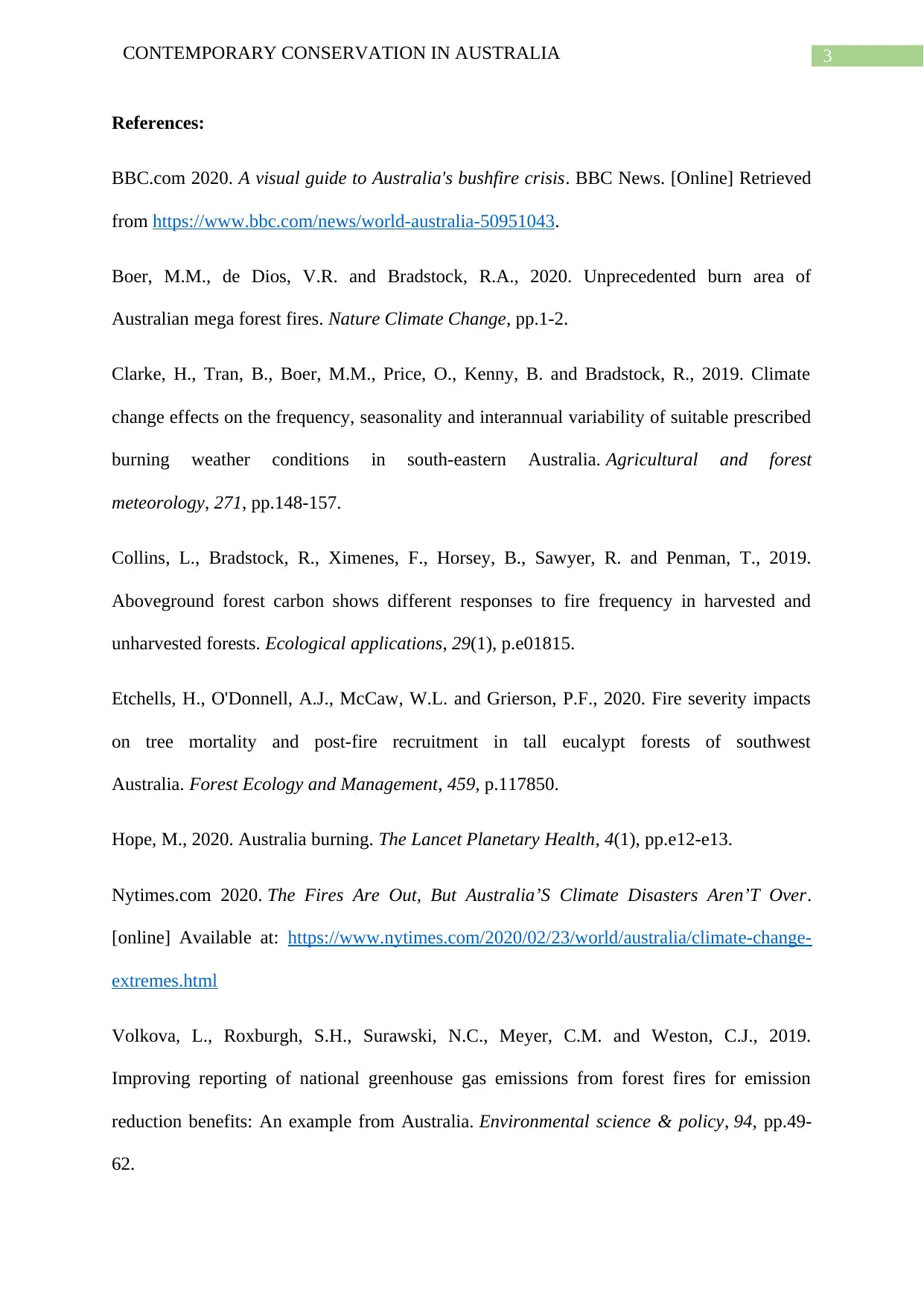BIOL8750: Contemporary Conservation in Australia - Forest Fire Effects
VerifiedAdded on 2022/08/29
|5
|1006
|15
Presentation
AI Summary
This presentation addresses the contemporary conservation challenges posed by Australian forest fires, a significant environmental issue in recent years. The presentation explores the causes of these fires, including climate change and human activities, and their devastating effects on infrastructure, agriculture, tourism, and human and animal life. It highlights the long-term consequences on the economy, ecosystems, and the well-being of the Australian population. The presentation integrates scientific literature published in the last five years, focusing on climate change impacts, wildlife loss (particularly the impact on Koalas), and the need for strategic plans and educational programs to minimize the extent of forest fires. It recommends a collaborative approach involving the Forest Department, government, and local authorities to implement designed burning practices, decrease fuel availability, regulate infrastructural properties, and implement educational programs for individuals and communities. The presentation also mentions the importance of community participation and fire danger warnings as precautionary actions.
1 out of 5







![[object Object]](/_next/static/media/star-bottom.7253800d.svg)